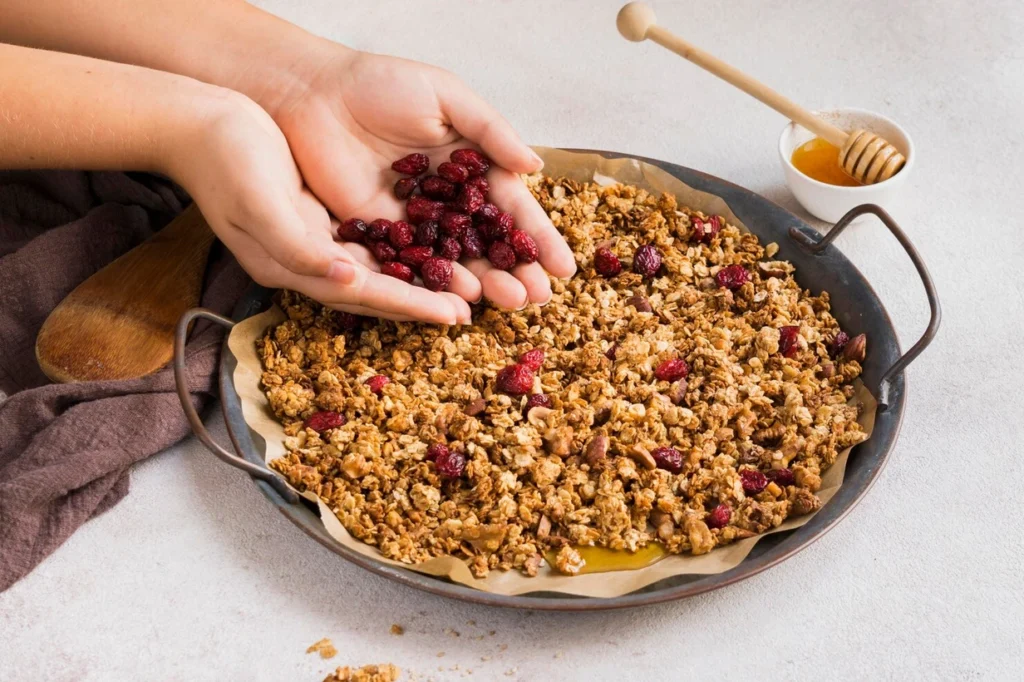
Millets, once considered an ancient grain, are making a comeback as a nutritious staple in modern kitchens. Rich in fiber, vitamins, and minerals, these tiny grains offer a multitude of health benefits. If you’re new to cooking with millets, this guide will walk you through essential tips and techniques to make the most of these versatile grains.
Before diving into cooking, it’s essential to know the types of millets available. Common varieties include:
Before cooking, lightly toast the millets in a dry skillet over medium heat. This enhances their nutty flavor and aroma, adding depth to your dishes.
In ancient China, millets were a staple food for both the elite and common people. Millet grains have been found in tombs and archaeological sites, indicating their importance in the diet and culture. Although rice eventually became the dominant grain, millets remain a vital part of Chinese history and cuisine.
For a nutritious breakfast, cook millets with milk or plant-based milk until creamy. Add sweeteners like honey or maple syrup and top with fruits, nuts, and seeds for added flavor and texture.
Use cooked millets as a base for salads or grain bowls. Combine with fresh vegetables, proteins like grilled chicken or tofu, and dress with olive oil, lemon juice, and herbs for a refreshing meal.
Incorporate millet flour into your baking recipes. Replace a portion of all-purpose flour with millet flour in breads, muffins, and pancakes to boost nutrition without sacrificing taste.
Add millets to soups and stews for added thickness and nutrition. They absorb flavors well, making them a perfect addition to hearty dishes.
Store millets in an airtight container in a cool, dry place to maintain freshness. Cooked millets can be refrigerated for up to five days or frozen for longer storage.
Cooking with millets is a rewarding experience that opens up a world of nutritious and delicious possibilities. With these tips and techniques, you’ll be able to incorporate millets into your meals effortlessly, making them a regular part of your diet. Embrace the versatility of millets and enjoy the health benefits they bring to your table.